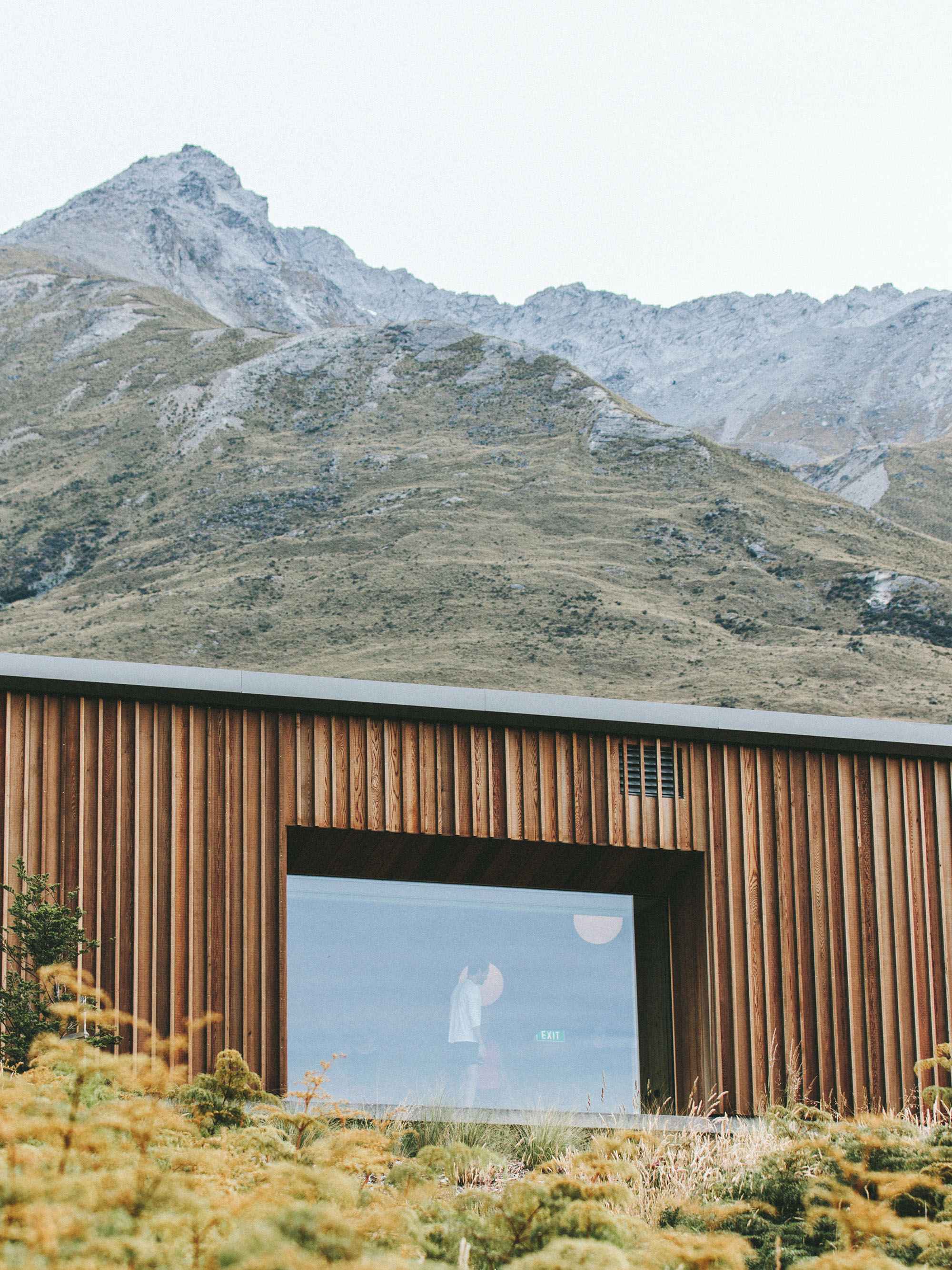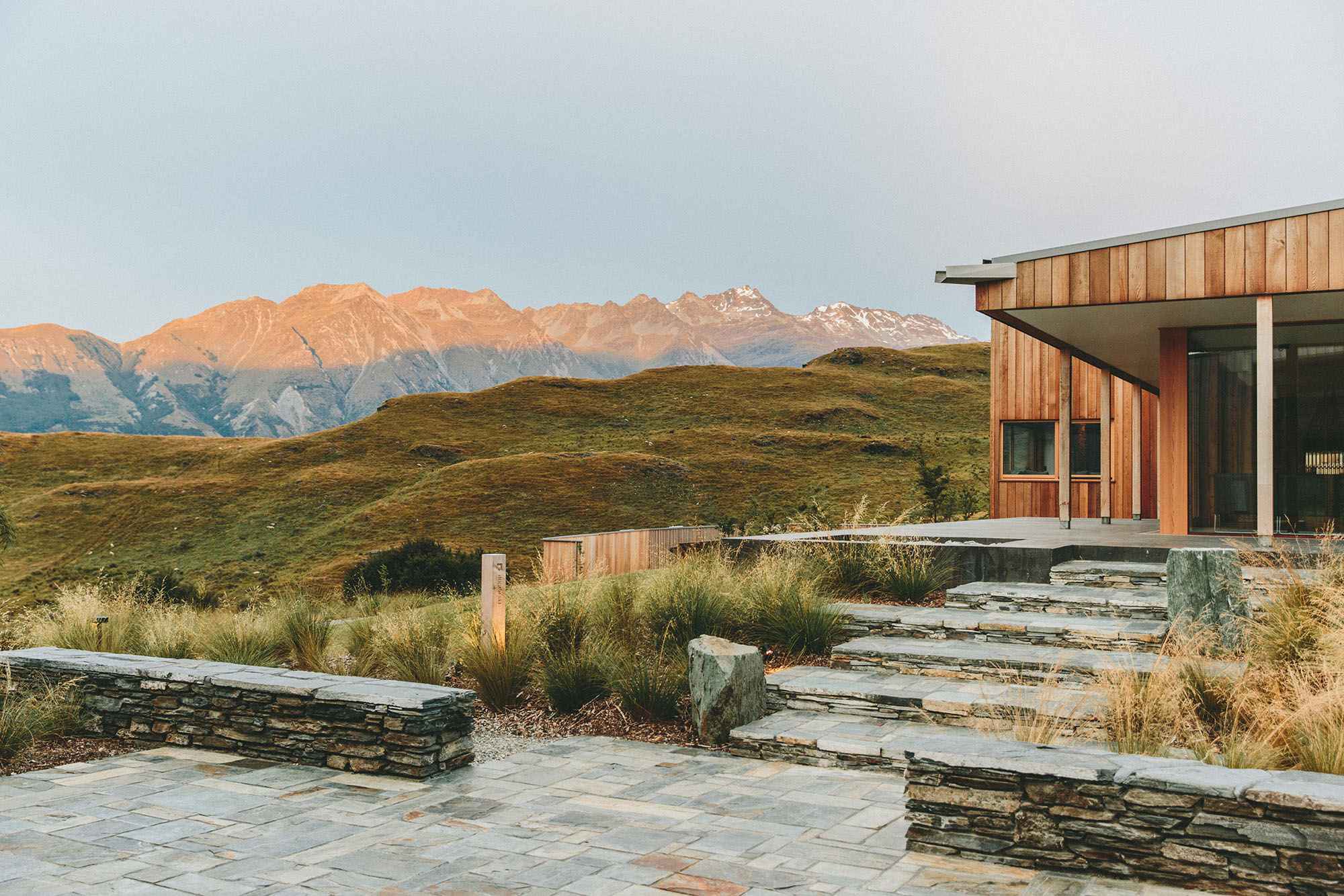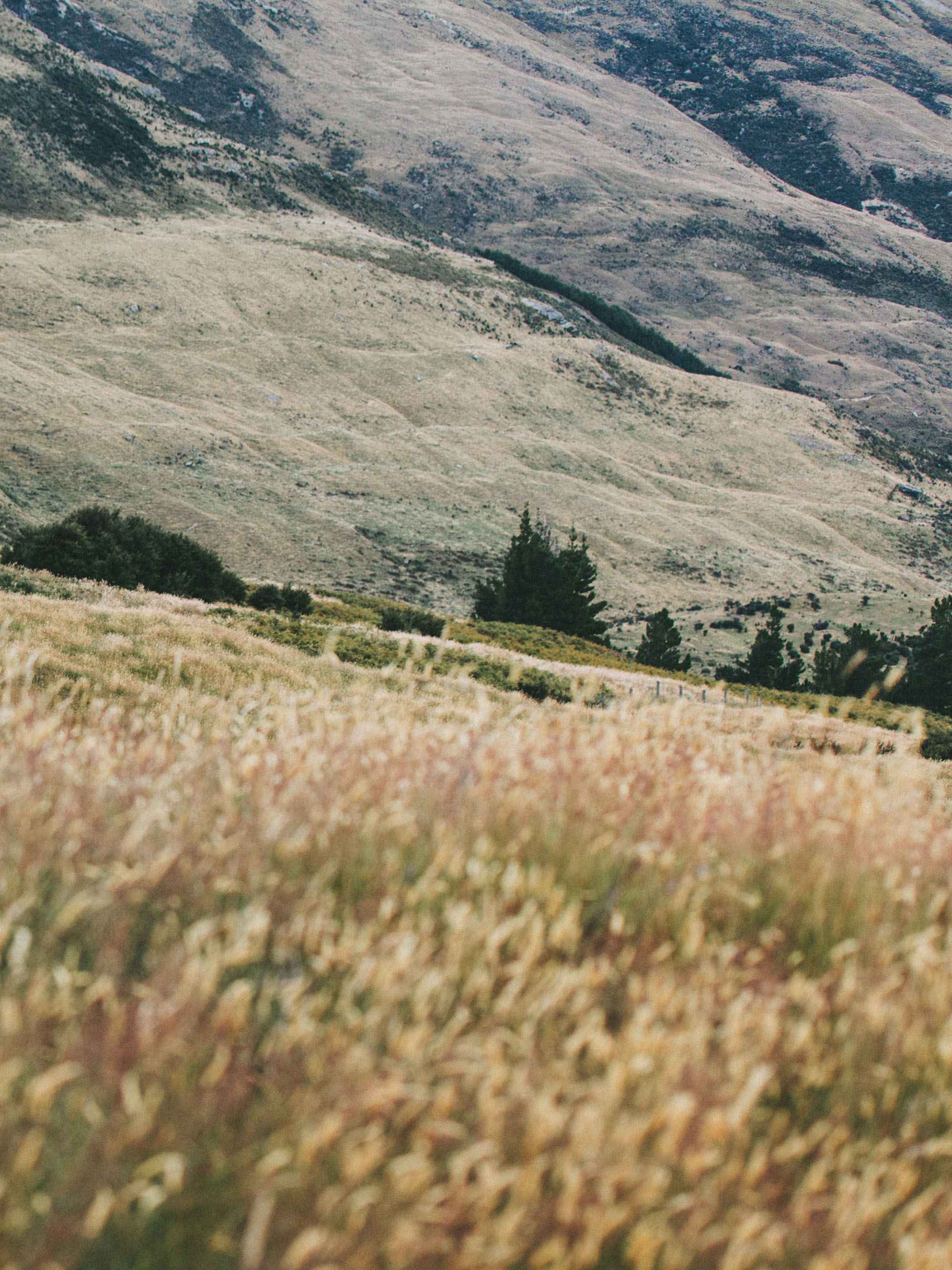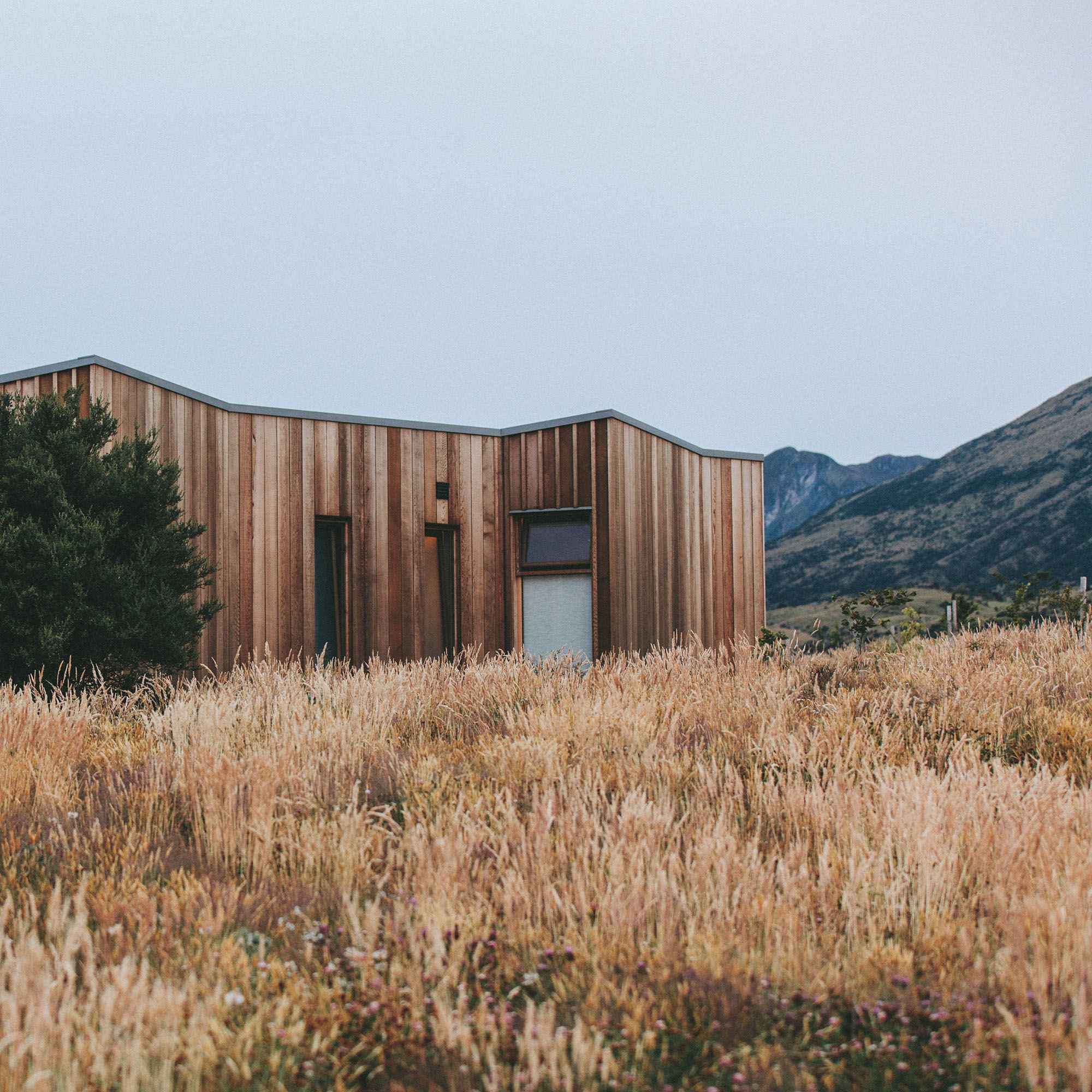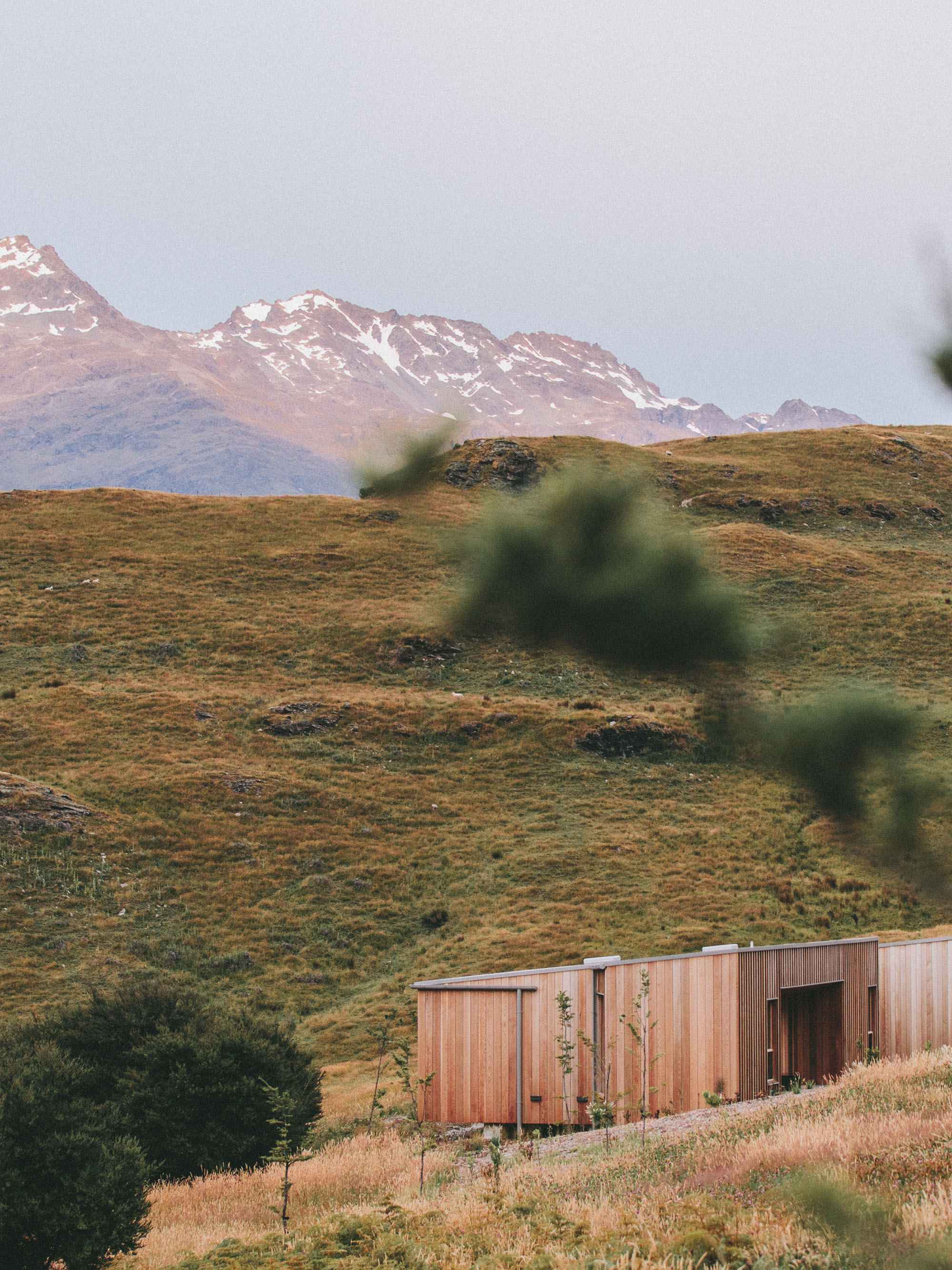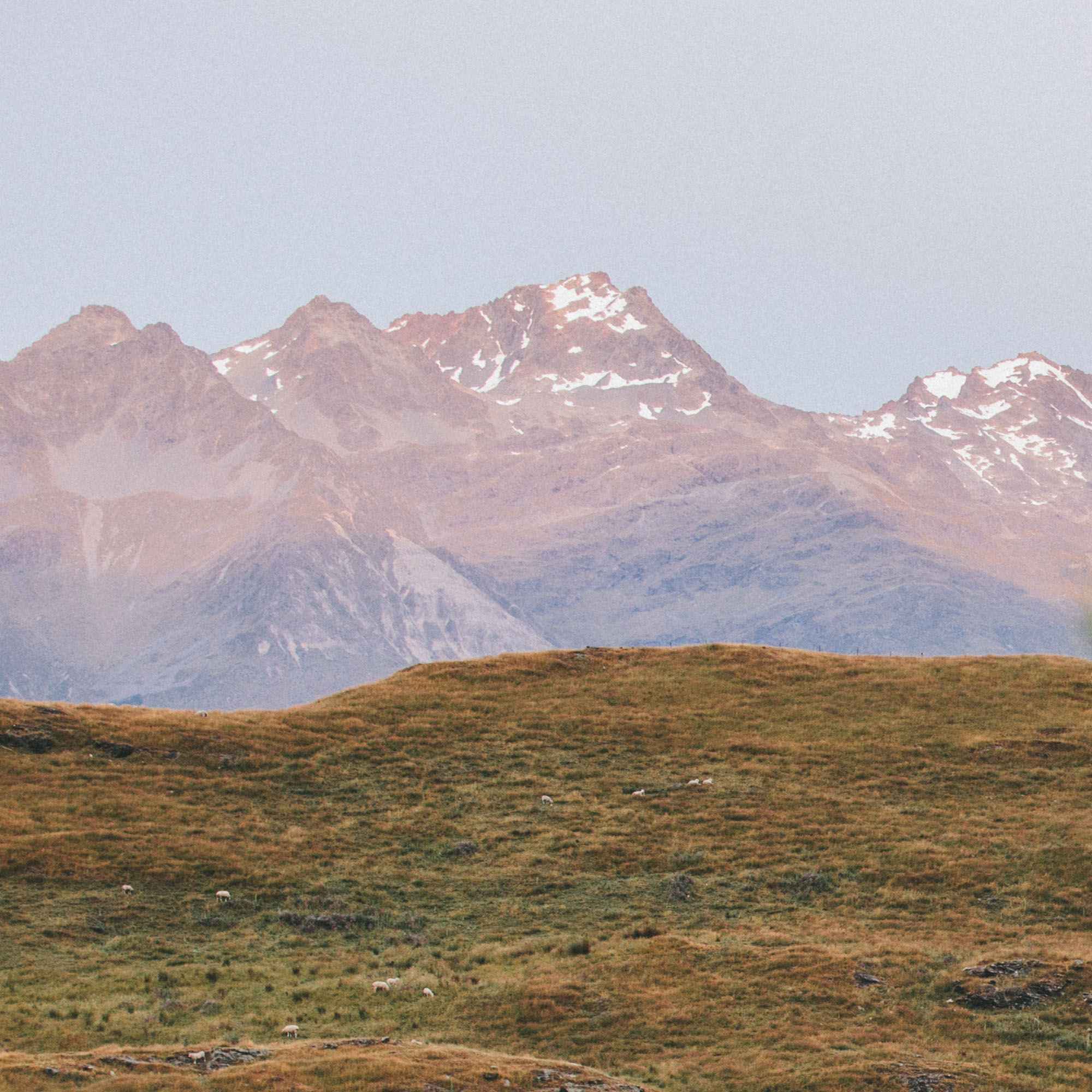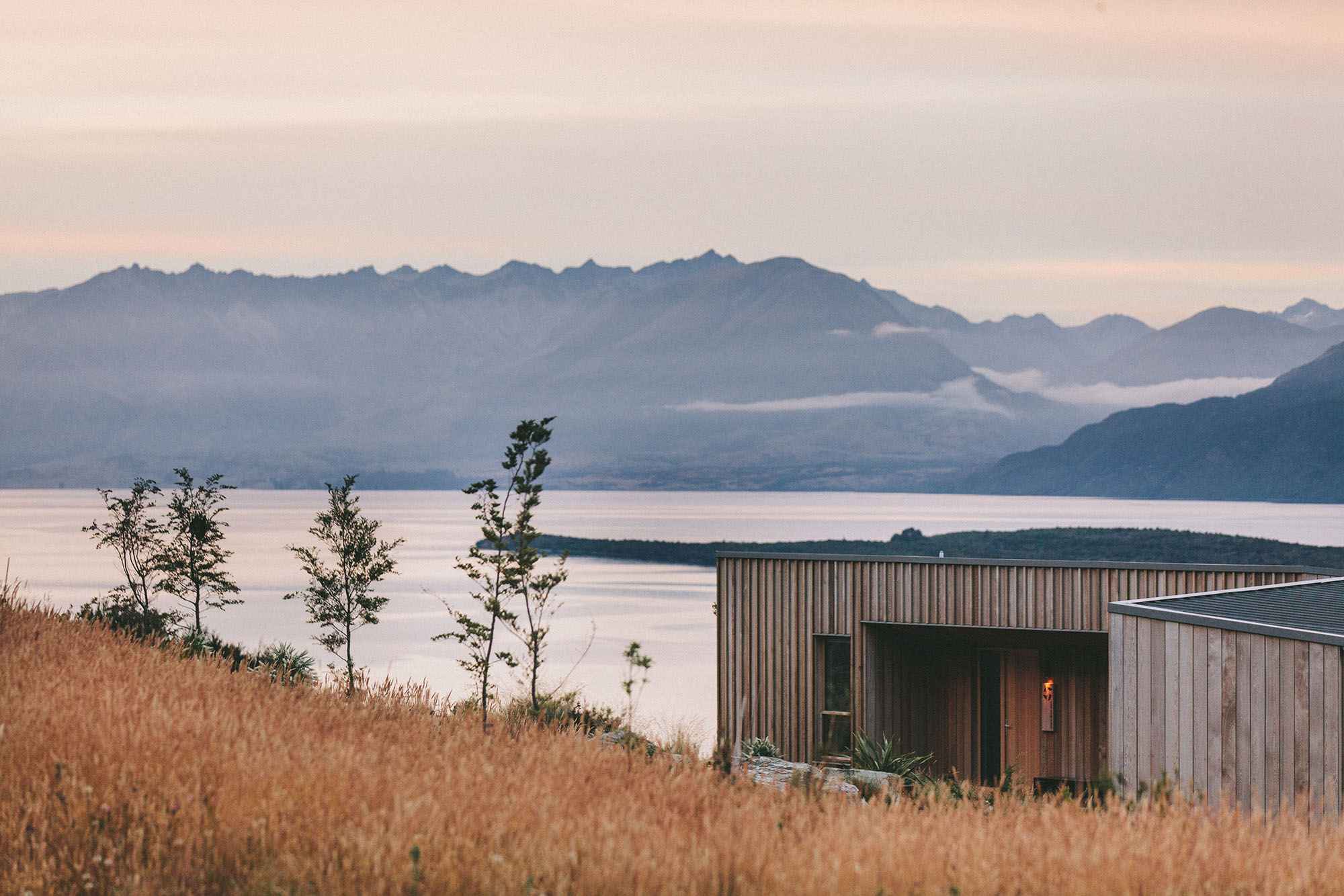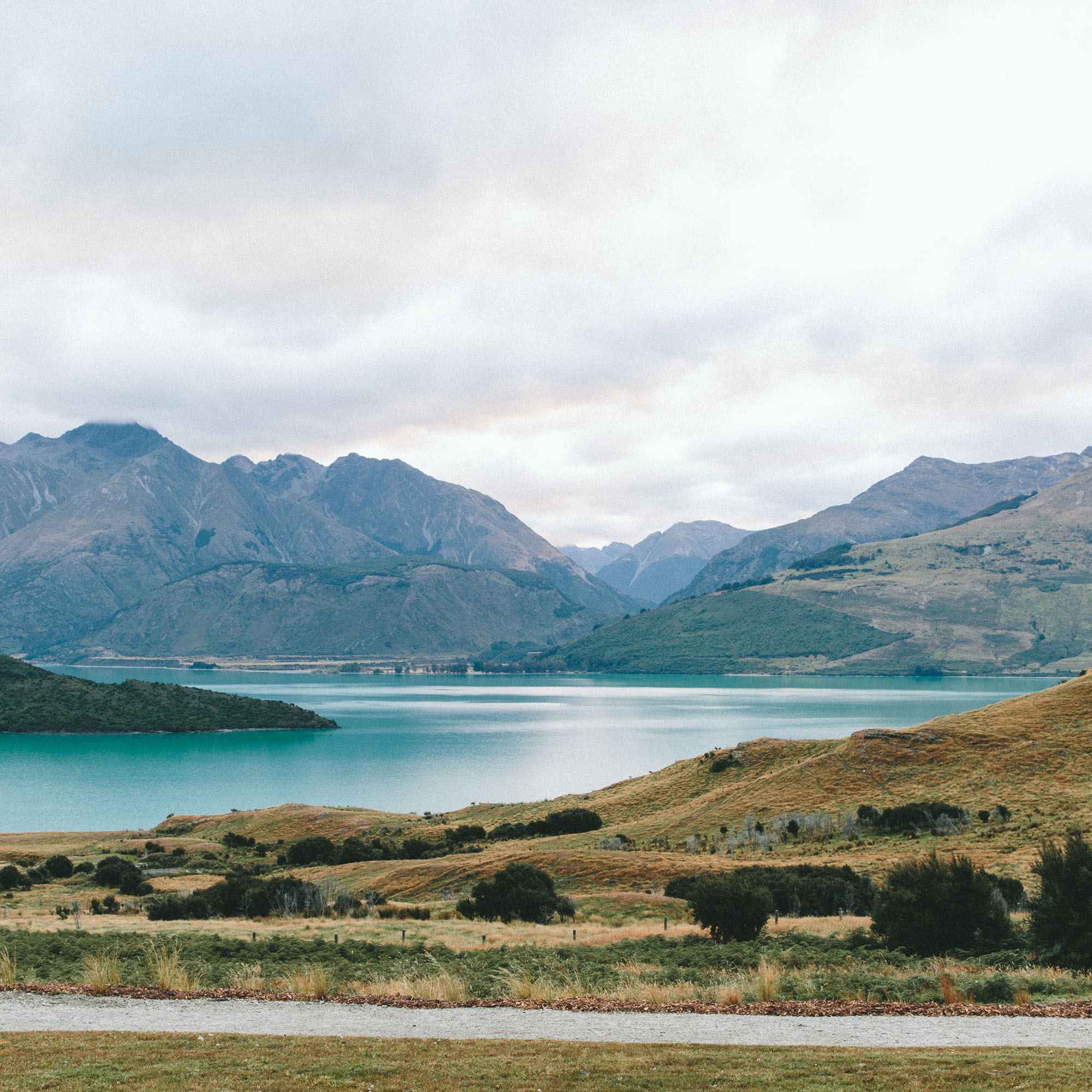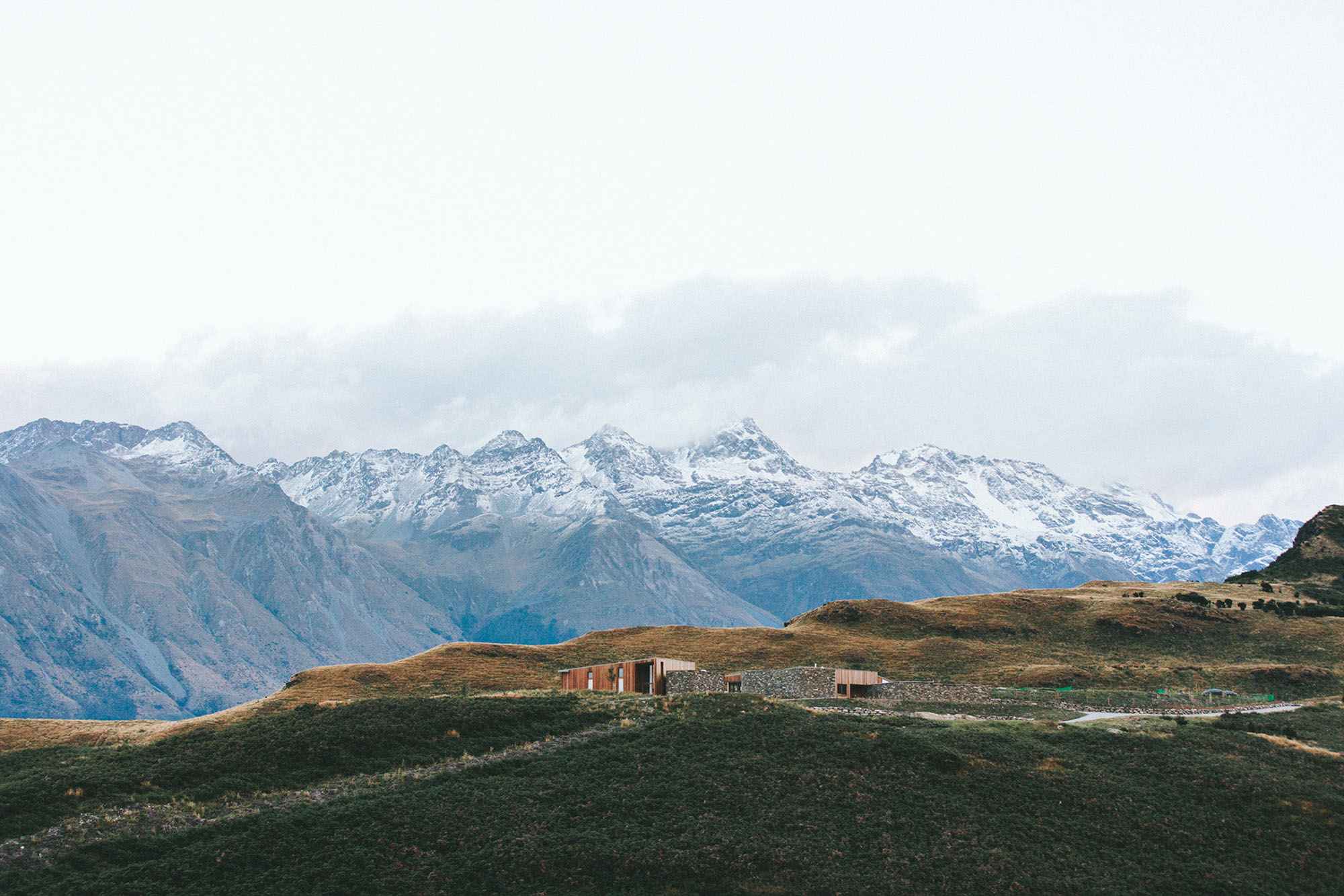FREEDOM
8-4-25 SESSION
Freedom is often claimed but rarely examined.
In this conversation, a diverse group of thinkers and practitioners gathered to explore the idea of freedom not as a fixed ideal, but as a lived and layered experience. Participants reflected on the freedoms they’ve known, the ones they’ve lost, and the hidden costs that often go unnoticed—whether those costs come in the form of societal expectations, addiction, disconnection, or silence. For some, freedom was tied to creative expression or spiritual insight. For others, it was wrapped up in politics, personal trauma, or inherited privilege. The tension between structure and autonomy emerged again and again—raising the question: can freedom exist without form?
Across the conversation, patterns began to surface: the way freedom can be weaponized, the assumptions we carry about who gets to be free, and the quiet responsibilities that come with it. Participants posed questions to the idea of freedom itself, personifying it, challenging it, and asking what it expects of us in return. Along the way, emotional clarity met practical insight, reminding us that freedom isn't only something we defend—it’s something we practice, design, and sometimes rediscover through loss.
We invite you to explore this conversation more deeply. Through words, symbols, and generative art, the Freedom Fast aims to reimagine what it means to pause, reflect, and commit to a more conscious kind of liberty—one grounded not in slogans, but in shared humanity.
Key Themes:
The conversation on freedom revealed that this concept is far more complex than patriotic slogans or political ideals. Through personal stories and collective reflection, four key themes emerged—challenging assumptions, exposing contradictions, and opening space for deeper understanding. These themes offer a foundation for rethinking how freedom is experienced, shared, and practiced today.
Freedom as Structure and Flow
Many participants challenged the assumption that freedom is synonymous with lack of structure. Instead, they suggested that true freedom may require boundaries, systems, or intentional design. Whether shaped through personal discipline, social frameworks, or cultural rituals, the idea emerged that freedom isn’t the absence of form—it’s often found within it.
The Cost of Freedom
Throughout the conversation, there was an underlying recognition that freedom is never free. Stories of activism, overwork, internal conflict, and personal loss reminded the group that freedom—whether external or internal—requires sacrifice. This theme brought forward the idea that claiming freedom often demands giving something up, and that discernment is needed to know when the cost is worth it.
False Narratives and Conditional Access
The group confronted the reality that freedom is not distributed equally. Reflections surfaced on how race, immigration status, gender, and ideology shape who gets to feel free—and who doesn’t. Participants named the danger of conflating patriotism with possession of freedom, and expressed concern over how easily rights can be revoked under the guise of moral or political certainty.
Inner Freedom and Psychological Barriers
Several participants named the quiet prisons built from expectation, fear, addiction, and internalized pressure. The conversation surfaced the idea that even when external conditions permit freedom, individuals can remain trapped by their own mindsets or unresolved emotional patterns. This led to deeper inquiry into the kind of freedom that lives inside the self—and how that, too, must be cultivated.
As you explore these visual symbols of the conversation, where do you recognize your own thoughts or those of others within its narrative?
What symbols within the artwork speak to you, and what stories do you think they're trying to tell?
In what ways does the art challenge or expand your current perspectives on belonging?
How do the contradictions and paradoxes illustrated in the art resonate with your understanding or experience with belonging?
A CLOSER LOOK AT SYMBOLOGY
——-
This image captures a subtle, yet profound insight from the conversation: that hope is not a singular act, but a generational rhythm—practiced, passed on, and renewed. It is the grandparent who plants seeds in darkness without knowing if they’ll live to see them bloom. It is the parent who tends growth in the uncertain light of dawn. It is the child who lifts what has blossomed and walks forward, believing it matters. The palette reflects this layering: moonlight, sunrise, and daybreak weave across the sky, reminding us that hope isn’t born in a moment—it is made over time, through patience, effort, and care.
This is not hope as emotion. This is hope as inheritance. As practice. As legacy.
——-
This image brings visual life to a word that echoed with spiritual gravity throughout the conversation: رَجاء (Rajā’)—a form of hope deeper than wishing, more reverent than longing. In this depiction, the sun dips low yet blazes bright, mirrored on still water beside the silhouette of a mosque, anchoring divine presence within the natural world. The Arabic script isn’t simply translated; it is placed as if to remind us that language itself can carry soul. Rajā’ here suggests a hope not for what we want, but for what we trust is still possible—even when it has not yet arrived. As one speaker shared, true hope is not passive or theoretical—it is a submission to mercy, a petition for possibility, and a radiant act of faith in what remains unseen. The horizon, stained with light and shadow, becomes not an ending—but the threshold where fate and choice converge.
——-
This image is a visual invocation of ancient hospitality—hope extended as sustenance. It reflects the deep cultural wisdom shared in the conversation: that in the desert, to offer someone water, shelter, or protection was not an act of luxury but of survival, and thus, sacred. The golden bowl here becomes more than a vessel—it becomes a covenant. To receive is to be seen. To offer is to remember that we, too, may one day knock on another’s door. Behind the elder’s quiet dignity stands the enduring code of Bedouin ethics: protect even the enemy if they come seeking refuge. The warm light, the waiting hand, and the shared silence all echo a deeper truth that emerged during the session—that the truest form of hope is not spoken, but offered. Not imagined, but embodied. Not transactional, but essential.
——-
This image reflects a quiet, profound insight that emerged from the conversation: that hope, while often sought in external change, is ultimately a practice cultivated within. The illuminated heart at the center of the seated figure speaks to a kind of inner congruency—where physical posture, emotional integrity, and spiritual openness align. Above, the radiant eye suggests basīrah, the deeper spiritual sight that sees beyond appearances and into essence—an idea honored with reverence in the dialogue.
But this is also a portrait of tension. Around the central figure are shadowed forms—ambiguous, quiet, almost still. To some, these may evoke passivity, even despair. And yet, the conversation recognized that not all who are still are asleep in defeat. Some are simply waiting to be stirred. Some are not yet ready. Some are healing. What makes this image hopeful is not the brightness of the figure at the center, but the way that light—unperformed, unforced—extends outward. One figure rises. Then another. The sleepers are beginning to wake. This is not hope as spectacle. This is hope as transmission—quiet, courageous, and earned. It reminds us that to embody hope is not to rise above others, but to hold a posture steady enough for others to remember how.
——-
This image reflects one of the most resonant metaphors shared during the conversation: hope as a tree—not ornamental, but rooted, cultivated, and quietly resilient. Above the surface, we see growth, beauty, and light. But it is the vast and intricate network of roots below—hidden from view yet essential—that tells the real story. Participants spoke of hope not as wishful thinking, but as something built through spiritual discipline, tested by suffering, and sustained by unseen effort. This is the kind of hope that draws from ancestry, memory, prayer, and struggle. It is the hope that carried someone through cancer while taking on debt to build a museum. It is the hope that lives in those who smile without possessions. And it is the hope that doesn’t always need to be spoken aloud—but can be felt in presence, gesture, and faith. The tree reminds us that what appears strong and radiant is only possible because of what has taken root in the unseen.
Tied Together, Pulled Apart
This image captures the living tension explored in the Freedom conversation: that freedom does not mean sameness, and unity does not require agreement. These threads—some frayed, some taut, some twisted—represent beliefs, identities, histories, and hopes. They pull in different directions. And yet, they hold. This image asks us to resist the urge to simplify. Instead, it invites us to imagine freedom not as a clean braid, but as a binding of differences strong enough to carry shared weight.
Reflection Questions:
Conceptual
Can you think of a moment when you were bound together with others—family, team, or country—while being pulled in very different directions? What made the structure hold?
What similar tensions are present in your life today? Can you name them?
Relational
Are there people or groups in your life where tension exists—but so does connection? What helps you stay tied to them? What makes you want to pull away?
Personal
The image speaks of a shared weight held by fraying threads. What do you carry that depends on the strength of others? And whose weight might you be helping to hold?
——-
This image reflects a quietly luminous truth expressed in the conversation: that the rising sun, consistent and unbidden, can be a sign of hope itself. The Arabic word “رَجاء” (Rajā’), meaning more than wishful thinking—evoking a spiritually grounded trust—anchors the image in both reverence and renewal.
One speaker reflected that when the sun rises, “it is a good sign,” a daily reassurance that no matter the darkness behind us, something steady returns. Above, a geometric motif suggests divine order and beauty woven into the fabric of things, echoing the structure that hope requires. This is not a loud hope. It is not dramatic. It is quiet, dependable, sacred.
The dawn does not ask for attention—it simply returns, and in doing so, offers us another chance to begin again.
رَجاء (Rajā’) – [ra-jāʾ]
Arabic noun meaning “hope,” “supplication,” or “earnest longing.”
In classical Arabic, rajā’ carries a spiritual resonance deeper than simple optimism. It reflects a sincere, trust-filled hope—often directed toward the Divine—born from humility, patience, and faith. Unlike passive wishing, rajā’ implies a posture of reverent expectation: a belief that something good may come, especially when paired with action, prayer, or endurance. It is used in poetry, scripture, and everyday blessings to express hope that is both sacred and rooted in lived experience.
——-
This image renders a visual echo of the conversation’s most quietly transformative insight: that hope is both constructed and inherited—an architecture we build inwardly and inherit communally. The figure kneels in stillness, holding a glow close to the chest, not yet sharing it, but not hiding it either. In the background, a luminous structure rises—not made of stone, but of meaning. Symbols float within the golden outline of a gate: a tree (growth), a bowl (hospitality), prayer beads, and a faint figure with upturned hands. These represent personal memory, cultural practice, and collective longing. A sacred expression of hope that includes surrender, reverence, and trust. This is hope not as an emotion, but as a constellation of values, choices, and inherited light. The image offers a quiet question: What will you build from what you carry?
——-
This image is a quiet testament to the uneven terrain of hope. Each figure along the glowing path carries their own form of light: a woman with a lantern, illuminating what’s immediate; a child with a sapling, carrying life toward the future; a man, worn but upright, looking toward the heavens. Behind them, destruction and shadow; before them, a winding way through forest and sea. Above, a constellation—an invocation of sacred hope, threaded through the night sky.
This piece holds the paradox voiced in the conversation: that hope is often carried through contrast—between collapse and growth, solitude and communion, past and possibility. The light each person offers does not erase the dark; it accompanies it, and sometimes, because of it, shines more clearly.
——-
This image is not a conversation—it is a covenant. Between the one who carries light and the one who offers it. Between past and possibility. Between silent understanding and shared longing. The figures sit beneath a tree that divides the sky into two truths: shadow and morning. One figure holds a bowl of glowing fragments, their brokenness illuminated, not hidden. The other shields a soft light within their chest—hope not yet spoken, but deeply known. They do not speak. They do not need to.
The power of the moment lies in what remains unspoken: that every gift begins as something tended in the dark. That some forms of healing require presence, not answers. And that in a world aching to be seen, the most courageous thing we can do is offer what we have, gently, without expectation, and receive what we need without shame. This is hope, not as vision, but as vow. Carried. Shared. And sacred.
——-
This image portrays the quiet miracle of choosing to continue. The figure stands mid-bridge, not at a beginning, nor quite at an end—held between what was and what might be. The light that radiates behind them is not just illumination; it is the accumulated force of countless unseen acts: whispered prayers, patient endurance, inherited wisdom, and the courage to walk when the path offers no certainty. This bridge is not a structure of stone—it is made of belief, effort, and time. The surrounding darkness does not threaten; it dignifies the light. It reminds us that hope is not a flash of optimism but a posture—a steady, luminous forwardness built one breath, one step, one generation at a time.
Surprising Discoveries:
Freedom didn’t arrive in this conversation as a banner or a slogan—it showed up as contradiction, tension, and lived experience. What emerged wasn’t a single definition, but a layered understanding shaped by grief, joy, protest, privilege, and personal awakening. Rather than flatten the contradictions, the group stayed with them. And from that discomfort came clarity: freedom is not one thing—it’s many things, held together in fragile, necessary tension. These seven multarities reveal just how complex—and human—freedom really is.
Freedom Is Often Felt Most When It's Gone
Moments of confinement—physical, emotional, or psychological—revealed the sharpest awareness of freedom. In losing it, participants gained a deeper understanding of its value and fragility.
Younger Perspectives Brought Unexpected Depth
Rather than idealism, youth voices offered grounded, complex reflections on structure, responsibility, and systemic limits—inviting the group to reimagine freedom with fresh eyes.
Letting Go Can Be Liberating
Acts of release, whether intentional or accidental, sparked unexpected feelings of relief and clarity. This reframed freedom not as gaining more, but as shedding what no longer serves.
We Know Less About Freedom Than We Think
When asked to define freedom, participants uncovered contradictions, tensions, and blind spots. What first felt obvious quickly became nuanced and unsettled, prompting more questions than answers.
Freedom Can Be a Shield—and a Weapon
While many spoke of freedom as a source of dignity and expression, what remained largely unspoken was how often “freedom” is used to justify harm. The same word that protects protest can be used to excuse cruelty. The same ideal that inspires sacrifice can also enable selfishness. This paradox—freedom as both shield and weapon—challenges us to ask not just what we are free to do, but who is affected when we do it.
THE MULTARITIES OF
FREEDOM
This conversation surfaced freedom not as a fixed truth, but as a set of coexisting realities—each shaped by personal experience, cultural context, and moral tension. The group didn’t try to resolve these contradictions; instead, they held them side by side, allowing new insights to emerge from the friction between perspectives. These seven multarities show that freedom is not one thing—it’s many things at once.
Freedom as Structure and Flow
Some found freedom in openness, movement, and spontaneity. Others found it in structure—legal protections, spiritual disciplines, or social norms. Freedom, in this view, isn't the absence of form but the ability to move meaningfully within it.
Freedom as Privilege and Absence
While a few participants acknowledged never having experienced real restrictions on their freedom, others spoke of displacement, systemic control, and silencing. This multarity reminded the group that freedom often depends on where you’re standing—and that for some, it remains out of reach.
Freedom as Claimed and Given
Is freedom something you claim, or something you’re granted? Some spoke of “finding” or “choosing” freedom even in constraining systems. Others emphasized the importance of policy, access, and protection. Both views challenged assumptions about how freedom is earned—or denied.
Freedom as Celebration and Grief
There were stories of freedom as joy, beauty, and creative power. But just as many stories described loss: of rights, of dignity, of belonging. Freedom was felt in both the dancing and the mourning—each revealing something real.
Freedom as Individual and Shared
Several reflections focused on personal liberation—freedom from addiction, anxiety, or expectation. Others described freedom as relational: something built together, protected in community, and extended to others. These perspectives pushed against hyper-individualism in favor of interdependence.
Freedom as Voice and Silence
Some participants experienced freedom through the ability to speak, vote, create, or dissent. Others found it in stillness, privacy, or spiritual letting go. The freedom to express and the freedom to retreat were both present, even if they pull in opposite directions.
Freedom as Stability and Disruption
For some, freedom meant continuity—being able to live, move, and believe without interference. For others, it meant interruption—questioning norms, resisting systems, or breaking free from roles. Both stability and disruption were seen as essential to the practice of freedom.
OVERFLOW
We invite you to click on the images below to view them larger. As you explore these additional images, consider the conversations that may have shaped them. What moments, insights, or tensions do you recognize? Where do you find traces of yourself and your own story within them?
First Impressions
What drew your attention first when looking at these pieces?
How might this symbology connect to something you’ve experienced during the session?
Exploring Meaning & Symbolism
What symbols or metaphors stand out to you? What meanings might they hold?
How might this symbology connect to something you’ve experienced during the session or the conversation today?
How does this piece help us think differently or more deeply about the theme we're exploring?
Personal Resonance & Reflection
Which emotions does this symbology evoke for you?
Does this symbology/art shift your perspective on the issue we’re discussing? How?
How do you see yourself or your experiences reflected in the piece?
Dialogue & Group Reflection
How might someone from a completely different perspective interpret this artwork?
Where do you see points of unity or tension within this piece?
If this artwork could speak, what might it be asking or telling us as a community?
Moving Beyond Polarization
What symbols or elements in this piece illustrate the complexity of our issue?
How could reflecting on this symbology/art help us build greater empathy or understanding across divides?
In what ways might this symbology/art represent a Multarity—multiple truths existing simultaneously?
Towards Collective Insight
What new questions does this piece invite us to consider together?
How can the insights we gain from these symbols inform our next steps or actions as a group?
What wisdom do these symbols offer us about finding common ground or deeper connection?

